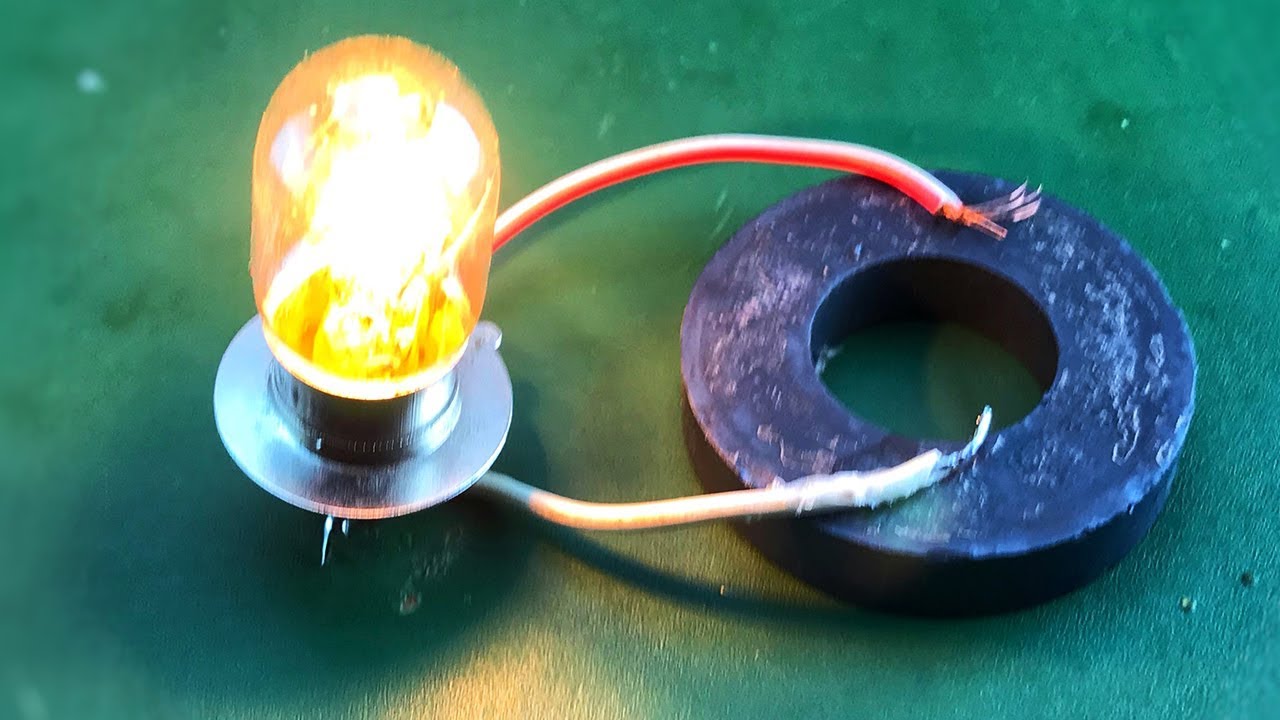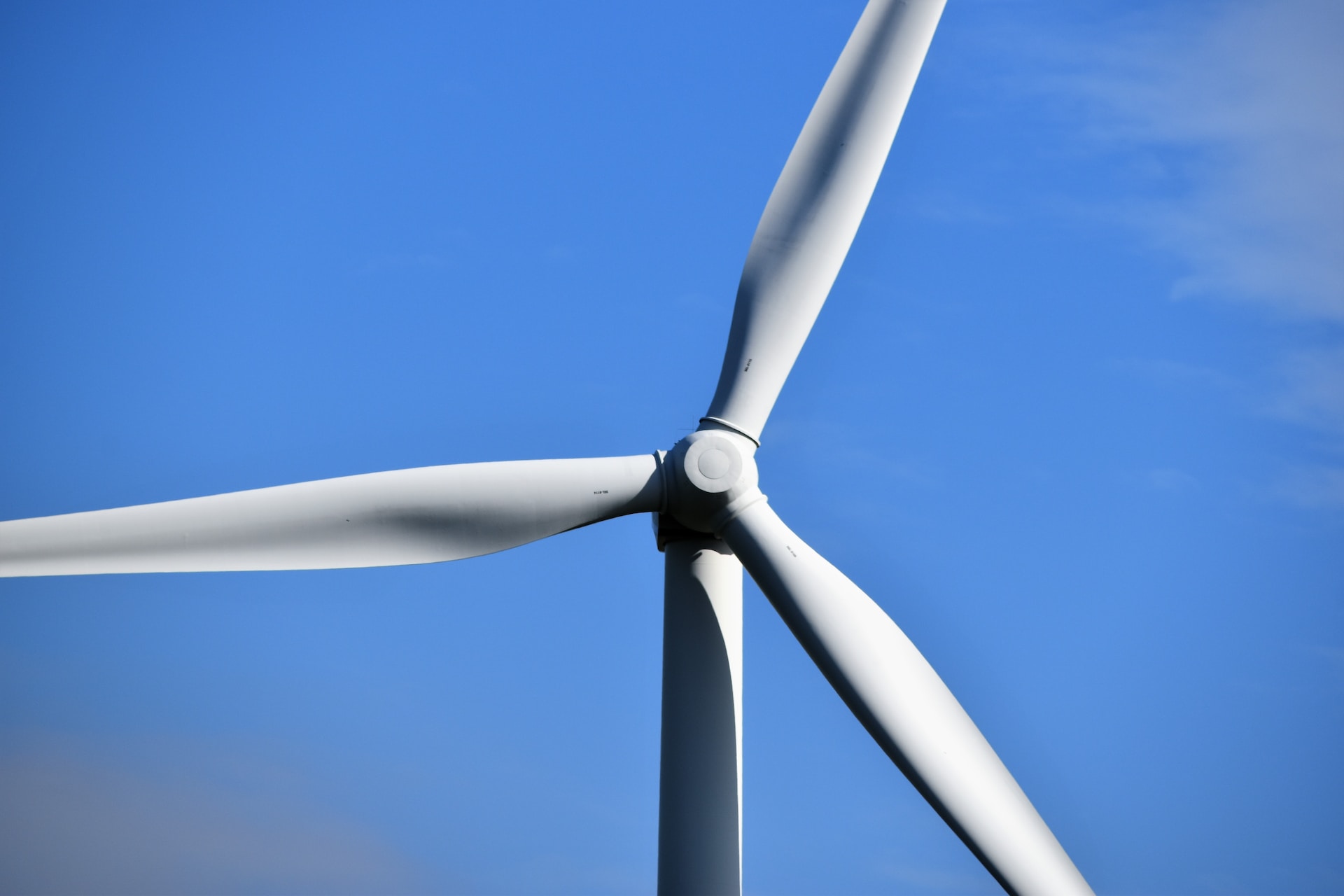Have you ever wondered how magnets can be the key to generating electricity? It might sound like magic, but it's all rooted in science! Creating electricity with magnets isn't just an exciting project for science fairs; it's a fundamental principle of electromagnetism that powers our world. In this blog post, we'll explore the basics of electromagnetism and how you can create your very own electricity-generating project using simple materials. Get ready to dive into the fascinating world of magnets and electricity!
Understanding the Basics of Electromagnetism

To grasp how to create electricity with magnets, we first need to understand the basics of electromagnetism. At its core, electromagnetism is the branch of physics that deals with the relationship between electricity and magnetism. Here’s a breakdown of the key concepts:
- Electric Current: This is the flow of electrical charge, typically measured in amperes (A). When electric charges move, they create a magnetic field.
- Magnetic Fields: A magnetic field is an invisible area around a magnet where magnetic forces can be felt. It can be represented using magnetic field lines.
- Electromagnetic Induction: This is a process where a change in magnetic field can induce an electrical current in a conductor. This principle was discovered by Michael Faraday and is essential for generating electricity.
Now, let’s touch on how these concepts interact:
| Concept | Description | Key Example |
|---|---|---|
| Changing Magnetic Fields | A shifting magnetic field can induce electric currents. | Moving a magnet in and out of a coil of wire. |
| Coils of Wire | Wire wrapped into a coil can increase the effect of induction. | Using copper wire to create an electromagnetic coil. |
Understanding these principles is crucial because they form the foundation for many practical applications in generating electricity, from power plants to small DIY projects. Ready to get hands-on? Next, we’ll dive into the steps you'll need to take to create your electric generator using magnets!
Materials Needed for the Project

When it comes to creating electricity using magnets, having the right materials is key to ensuring your project runs smoothly. Here’s a comprehensive list of what you’ll need:
- Magnets: Neodymium magnets are ideal due to their strong magnetic field but any type of magnets will work.
- Coil of Copper Wire: You’ll need insulated copper wire. A simple spool with around 50-100 turns will suffice.
- Ferromagnetic Core (optional): Using a core like an iron nail can help boost the electricity generated, but it's not necessary for basic experiments.
- LED Light or Low-power Device: To visualize your success in generating electricity, an LED light works great because it requires minimal power.
- Battery or Multimeter (optional): If you want to measure the electricity generated, these tools can help you better understand your results.
- Wood or Plastic Base: This will serve as the foundation for your project, ensuring everything stays secure during your experiments.
- Glue or Tape: For securing the components in place, a strong adhesive will come in handy.
Gathering these materials will set you up for success. It’s always fun to dig through your garage or go treasure hunting at local stores! With your materials ready, you're just a few steps away from an electrifying science project.
Step-by-Step Instructions to Generate Electricity
Now that you have all your materials, it’s time to get into the exciting part—creating electricity! Just follow these simple steps:
- Prepare the Coil: Take your copper wire and coil it around a cylindrical object (like a marker) to create a loop. Make sure you have around 50-100 turns. After you’ve finished, slide the coil off carefully.
- Strip the Ends: Use wire strippers to remove about an inch of insulation from both ends of the copper wire. This will allow for a better electrical connection.
- Set the Base: Secure the wooden or plastic base in a stable position. This will be the foundation for your experiment.
- Attach the Coil: Using glue or tape, attach your copper coil upright to the base. You want it in a position where it can interact effectively with the magnets.
- Position the Magnets: Carefully place the magnets near the coil. For best results, move them swiftly in and out of the coil’s reach. You can try passing them through the center of the coil.
- Connect the LED: Attach the ends of the copper wire to the LED light. Make sure the connections are secure so that electricity can flow through.
- Generate Electricity: Start moving the magnets! Whether you’re experimenting with speed or direction, keep an eye on the LED. If all goes well, you should see it light up!
Congratulations! You’ve just created electricity using magnets. Keep experimenting with different coils, magnets, and movements to see how you can enhance your results.
5. Safety Precautions to Consider
When diving into an exciting science project like generating electricity with magnets, safety should always be top of mind. Here are some precautions to ensure that you conduct your experiment safely and responsibly:
- Wear Safety Gear: Always wear safety goggles to protect your eyes from any accidental splashes or flying debris. Depending on the materials you are working with, gloves may also be advisable.
- Work in a Suitable Environment: Choose a spacious, well-ventilated area for your project. Avoid working in cramped spaces where equipment could easily fall or cause accidents.
- Handle Equipment Carefully: If you're using sharp tools or heavy objects, be careful and take your time. Accidents happen when haste is involved.
- Check Electrical Components: If your project involves any electrical components, ensure they are in good condition. Frayed wires or damaged components can pose serious electrical hazards.
- Stay Informed: Read up on instructions and guidelines related to your specific project. Knowledge is power, and being informed will help you anticipate and avoid potential hazards.
- Have Adult Supervision: If you are a young scientist, it's important to work with an adult who can provide guidance and ensure safety throughout the experiment.
- Emergency Preparedness: Always keep a first-aid kit handy and know how to use it. Also, familiarize yourself with emergency procedures in case something goes wrong.
By taking these precautions, you can enjoy your science project while minimizing risks of injury or mishaps!
6. Explaining the Science Behind the Project
Now, let's dive into the fascinating science behind generating electricity using magnets. The process primarily hinges on two key principles: electromagnetism and Faraday's Law of Electromagnetic Induction.
Electromagnetism: In simple terms, it's the interplay between electricity and magnetism. When a magnetic field changes around a conductor (like copper wire), it induces an electric current. This is the basic principle that makes our project possible.
Faraday's Law: Michael Faraday discovered that a change in magnetic flux through a circuit induces electromotive force (EMF). This means that as you move a magnet near a coil of wire, you're effectively changing the magnetic field around the wire, which generates electricity. It's pretty amazing, right?
| Component | Function |
|---|---|
| Magnet | Creates a magnetic field that influences the nearby conductor. |
| Coil of Wire | Serves as the conductor where the induced current will flow. |
| Galvanometer (or LED) | Measures the induced current or indicates that electricity is being generated. |
In essence, this project unleashes the wonders of physics to create real electricity from basic materials! This beautiful relationship between magnets and electricity not only captivates the curious mind but also offers plenty of opportunities for further exploration and understanding of electromagnetic principles.
7. Fun Variations to Try
Now that you've got the basics down for creating electricity using magnets, why not shake things up a bit? There are plenty of fun variations you can try to make your science project even more exciting and educational!
- Simple Homopolar Motor: Instead of using a coil, try creating a simple homopolar motor using a battery, a magnet, and a wire. Just connect the wire to the battery and let it touch the magnet. Watch as it spins! It's a thrilling way to visualize magnetic forces at work.
- Magnetic Slime: Combine electricity and magnetism by creating magnetic slime. Add iron filings to a simple slime recipe and see how it reacts to a magnet. It’s a gooey project that kids absolutely love!
- Wind-Powered Generator: Modify your design by introducing wind power. Create a small wind turbine using paper and straws to spin magnets around a coil. You'll be amazed at how a little breeze can generate electricity!
- Electromagnet Experiment: Dive deeper into the world of electromagnetism. Wrap copper wire around a nail and connect it to a battery. This experiment showcases how electricity can create a magnetic field.
- Solar-Powered Magnet Generator: Integrate solar cells into your project to harness the sun’s energy! Try powering your magnet generator with solar cells to promote renewable energy learning.
These variations not only keep things interesting but also provide insight into different scientific principles at play. Don’t hesitate to experiment and add your own twist!
8. Conclusion and Future Exploration Opportunities
Creating electricity using magnets is not only an intriguing experiment but also a launching pad for learning. Throughout your project, you’ve explored basic principles of magnetism, electricity, and even renewable energy concepts. It’s amazing how a simple setup can lead to a wealth of knowledge!
As you wrap up your project, consider the following future exploration opportunities:
- Advanced Electromagnetism: Dive deeper into how electromagnets work. Explore how changing the current can affect the strength of the magnet. How much current does it take to lift a paperclip?
- Engineering Projects: Try your hand at creating devices like simple motors or generators. Understanding the mechanics of how these devices work can lead to exciting innovations down the road.
- Environmental Impact: Reflect on renewable energy sources. How can magnetism and electricity be harnessed sustainably? This is a critical question in today’s world.
- Physics and Engineering Competitions: Consider entering local science fairs or competitions. Presenting your findings not only boosts confidence but also allows you to share knowledge with a wider community.
In the end, the world of magnets and electricity is vast, and your project can be just the beginning. Keep exploring, experimenting, and most importantly, have fun! Who knows? You might just ignite a passion for physics or engineering that shapes your future!










